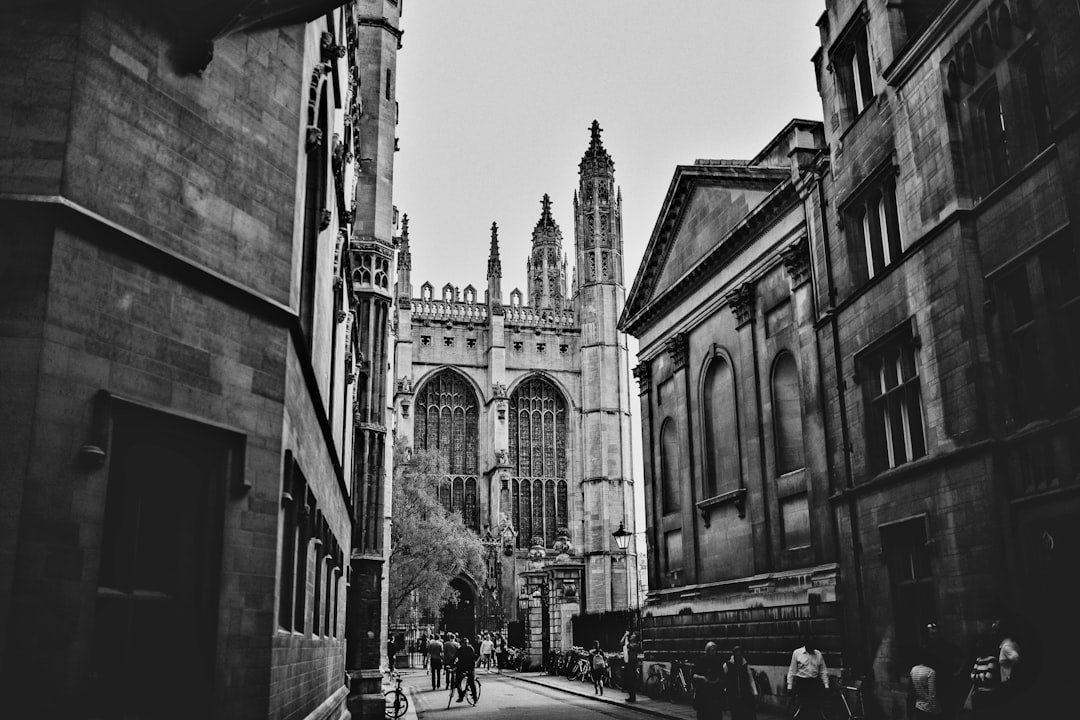
Introduction
The reign of Charles I was a pivotal moment in English history, with far-reaching consequences for the monarchy and the country as a whole. His reign was a tumultuous period in English history, marked by conflict with Parliament and ultimately resulting in the king’s trial and execution. Charles I, son of James I, became the King of England in 1625. His reign was marked by political and religious turmoil, which ultimately led to his execution in 1649. During his rule, Charles I faced numerous challenges, including conflicts with Parliament, religious controversies, and the outbreak of the English Civil War.
The Life of Charles I: An Overview
Charles I was born on November 19, 1600, in Dunfermline, Scotland, to James VI of Scotland and Anne of Denmark. He was the second son of the couple, and he grew up in a household of political and religious turmoil. Charles I was raised as a devout Anglican and was deeply committed to the divine right of kings. He ascended to the throne in 1625, following the death of his father, and was crowned king of England, Scotland, and Ireland.
Despite his religious and political convictions, Charles I was not a particularly popular monarch. His reign was marked by conflict with Parliament over issues such as taxation and the role of the monarchy. The tensions eventually led to the English Civil War, which lasted from 1642 to 1651. Charles I was ultimately captured, tried for high treason, and executed on January 30, 1649, making him the first monarch to be publicly executed in England.
The Early Years of Charles I’s Reign
Charles I ascended the throne in 1625 and quickly clashed with Parliament over finances. Parliament refused to grant the king funds for foreign policy initiatives and demanded that he redress grievances against arbitrary imprisonment and taxation. Charles I dissolved Parliament three times between 1625 and 1629, ruling without a parliament for the next 11 years. He attempted to raise money by collecting taxes without Parliament’s consent, which only served to alienate him further from the public.
Religious Controversies and Personal Rule
In addition to his battles with Parliament, Charles I was also embroiled in religious controversies. He married a Roman Catholic, Henrietta Maria, which caused concern among Protestants. The king also favored the Anglican Church, which further alienated the Puritan community. The Thirty Years’ War in Europe added to religious tensions, as Protestants and Catholics fought for supremacy.
In 1630, Charles I adopted a policy of personal rule, where he governed without Parliament. He raised funds through forced loans and imposed new taxes. He also implemented the policy of ship money, which required coastal towns to provide money for the royal navy. These measures were deeply unpopular, and many saw them as a violation of their rights and freedoms.
The English Civil War
The English Civil War was the culmination of growing tensions between the king and Parliament, fueled by disputes over power and authority. The war broke out in 1642 and lasted for several years, resulting in a Parliamentarian victory in 1646. Charles I was eventually tried for treason and other charges, with the court consisting of 135 commissioners appointed by Parliament. The king refused to recognize the court’s authority and refused to enter a plea. Despite his defense, Charles I was found guilty and sentenced to death by beheading. Charles I’s rule was characterized by a breakdown of trust between the king and his subjects.
In 1642, the country erupted into civil war, with Charles I leading the Royalists and Parliament leading the Parliamentarians or Roundheads. The war lasted for four years and resulted in the defeat of the Royalists. In 1648, Charles I was put on trial for high treason and executed in 1649. On January 30, 1649, he was executed in front of the Banqueting House at Whitehall. The execution of a monarch was a major turning point in English history and would set the stage for future constitutional developments. The monarchy was abolished, and England became a republic for the next decade.
Legacy of Charles I
The reign of Charles I was a period of turmoil and struggle for England. Charles I’s belief in the divine right of kings and his resistance to the authority of Parliament ultimately led to his downfall. His execution marked a turning point in English history, as it demonstrated that the power of the monarch was not absolute. Charles I’s legacy is one of controversy and debate. Some view him as a martyr for the royalist cause, while others see him as a tyrant who tried to undermine the power of Parliament.
Charles I’s execution marked the end of an era in English history and paved the way for the rise of parliamentary democracy. His reign and subsequent downfall also had a profound impact on the development of constitutional law and the relationship between the monarchy and Parliament. Despite the controversy surrounding his legacy, there is no denying that Charles I was a significant figure in English history whose actions and decisions continue to be studied and debated to this day.
Conclusion
Charles I’s reign was marked by conflict and controversy. His clashes with Parliament, religious controversies, and the outbreak of the English Civil War all contributed to his downfall. Despite his controversial legacy, the reign of Charles I played a pivotal role in shaping the political and religious landscape of England in the 17th century. His reign had a lasting impact on English history, as it demonstrated the limits of the monarchy’s power and paved the way for constitutional monarchy.





